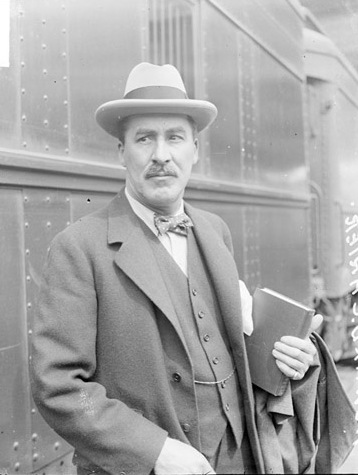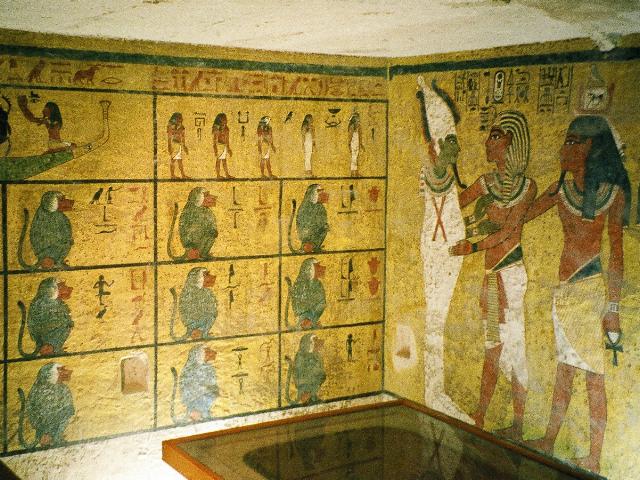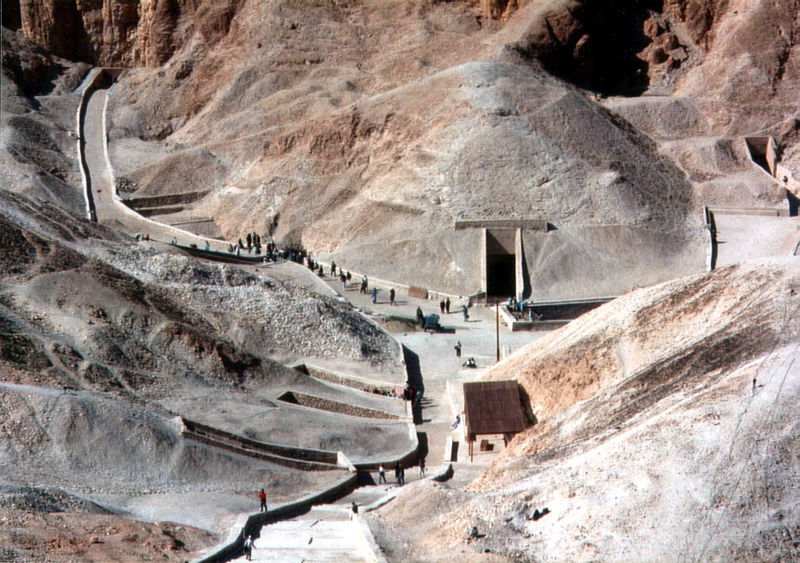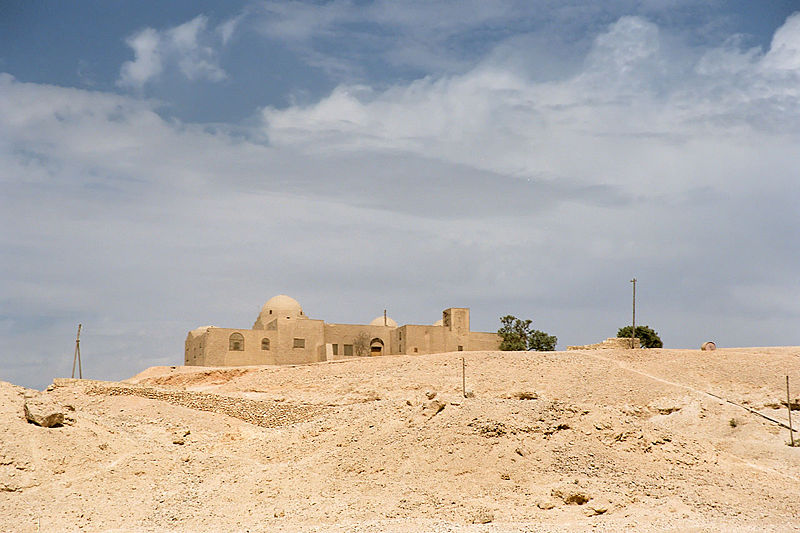<Back to Index>
- Archaeologist Howard Carter, 1874
- Poet Dante Alighieri, 1265
- Leader of the Indian National Congress Gopal Krishna Gokhale, 1866

Howard Carter (9 May 1874 – 2 March 1939) was an English archaeologist and Egyptologist, noted as a primary discoverer of the tomb of Tutankhamun.
In 1891, at the age of 17, Carter, a talented young artist, was sent out to Egypt by the Egypt Exploration Fund to assist Percy Newberry in the excavation and recording of Middle Kingdom tombs at Beni Hassan. Even at that young age he was innovative in improving the methods of copying tomb decoration. In 1892 he worked under the tutelage of William Matthew Flinders Petrie for one season at Amarna, the capital founded by the pharaoh Akhenaten. From 1894 to 1899 he then worked with Edouard Naville at Deir el Bahri where he recorded the wall reliefs in the temple of Hatshepsut, the first female Pharoah.
In 1899, Carter was appointed the first chief inspector of the Egyptian Antiquities Service (EAS).
He supervised a number of excavations at Thebes (now known as Luxor)
before he was transferred in 1904 to the Inspectorate of Lower Egypt.
Carter resigned from the Antiquities Service in 1905 as a result of a
dispute between Egyptian site guards and a group of French tourists. The
clearance of the tomb with its thousands of objects continued until
1932. Following his sensational discovery Howard Carter retired from
archaeology and became a part-time agent for collectors and museums,
including the Cleveland Museum of Art and the Detroit Institute of
Arts. He visited the United States in 1924, and gave a series of
illustrated lectures in New York City and other cities in the United States which were attended by very large and enthusiastic audiences, sparking egyptomania in the United States. He died of lymphoma, a type of cancer, in Kensington, London, on 2 March 1939 at
the age of 64. The archaeologist's death, so long after the opening of
the tomb despite being the leader of the expedition, is the most common
piece of evidence put forward by skeptics to refute the idea of a "curse of the pharaohs"
plaguing the party that violated Tutankhamen's tomb. Carter is buried in the Putney Vale Cemetery. On
his gravestone is written: "May your spirit live, May you spend
millions of years, You who love Thebes, Sitting with your face to the
north wind, Your eyes beholding happiness" and "O night, spread thy wings over me as the imperishable stars".
In 1908, after three hard years, Carter was employed by Lord Carnarvon. In supervising Carnarvon's excavations Carter imposed modern archaeological methods and systems of recording. Carnarvon
financed Carter's work in the Valley of the Kings from 1914, but it was
interrupted by World War I until 1917, when serious work was resumed.
After several years of fruitless searching, Carnarvon became
dissatisfied with the lack of results and, in 1922, he gave Carter one
more season of funding to find the tomb he was searching for. On 4
November 1922, Carter's water carrier found the steps leading to
Tutankhamun's tomb (subsequently designated KV62), by far the best preserved and most intact pharaonic tomb ever found in the Valley of the Kings.
He wired Carnarvon to come, and on 26 November 1922, with Carnarvon,
Carnarvon's daughter, and others in attendance, Carter made the famous
"tiny breach in the top left hand corner" of the doorway, and was able
to peer in by the light of a candle and see that many of the gold and
ebony treasures were still in place. He did not yet know at that point
whether it was "a tomb or merely a cache", but he did see a promising
sealed doorway between two sentinel statues. When Carnarvon asked him
if he saw anything, Carter replied: "Yes, I see wonderful things". The next several months were spent cataloging the contents of the antechamber under the 'often stressfull' oversight of Pierre Lacau, director general of the Department of Antiquities of Egypt. On
16 February 1923, Carter opened the sealed doorway, and found that it
did indeed lead to a burial chamber, and he got his first glimpse of the sarcophagus of Tutankhamun.
All of these discoveries were eagerly covered by the world's press, but
most of their representatives were kept in their hotels; only H. V. Morton was allowed on the scene, and his vivid descriptions helped to cement Carter's reputation with the British public. Carter's
own notes and photographic evidence, indicate that he, Lord Carnarvon
and Lady Evelyn Herbert entered the burial chamber shortly after the
tomb's discovery and before the official opening.


